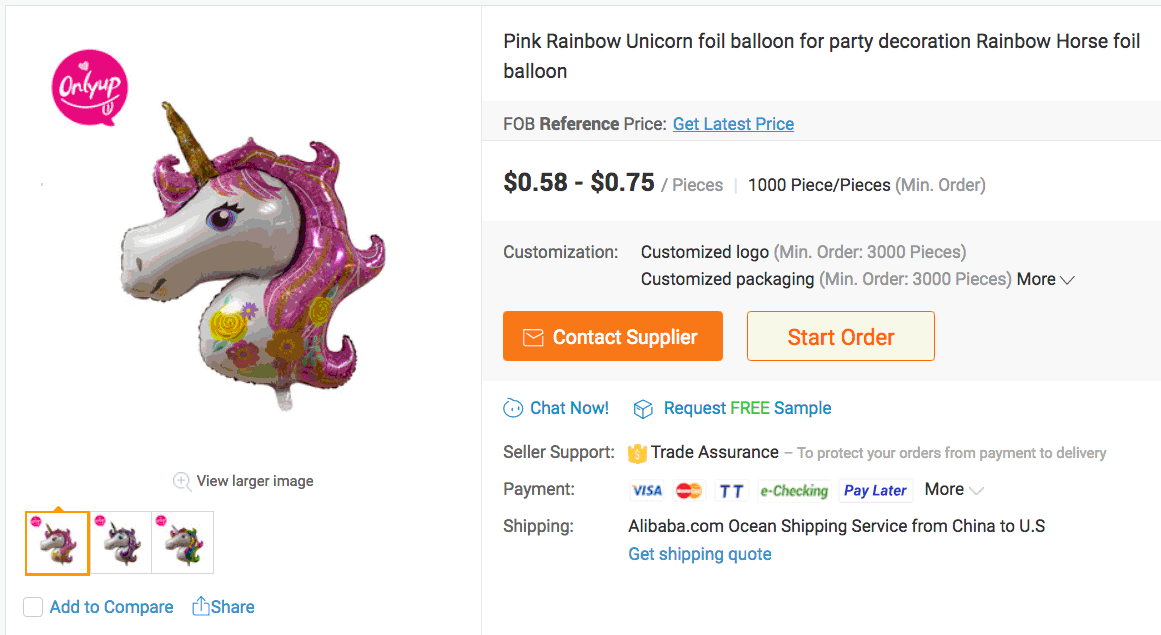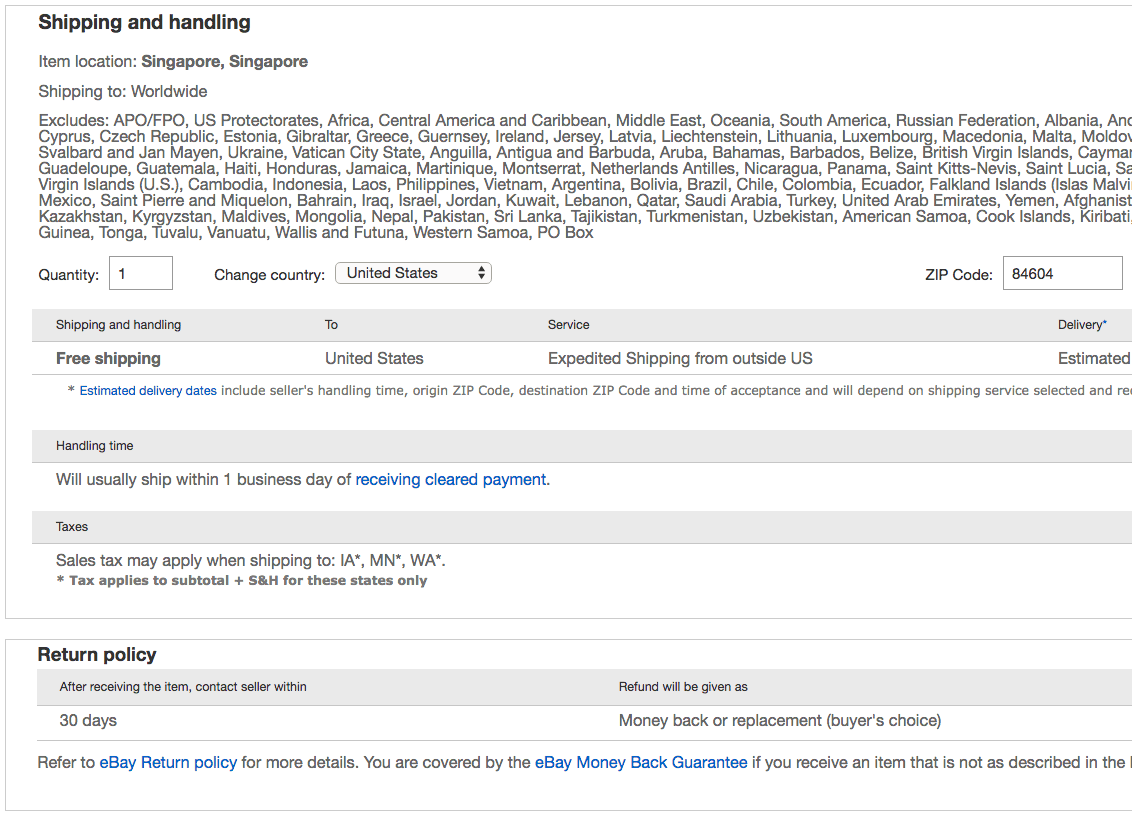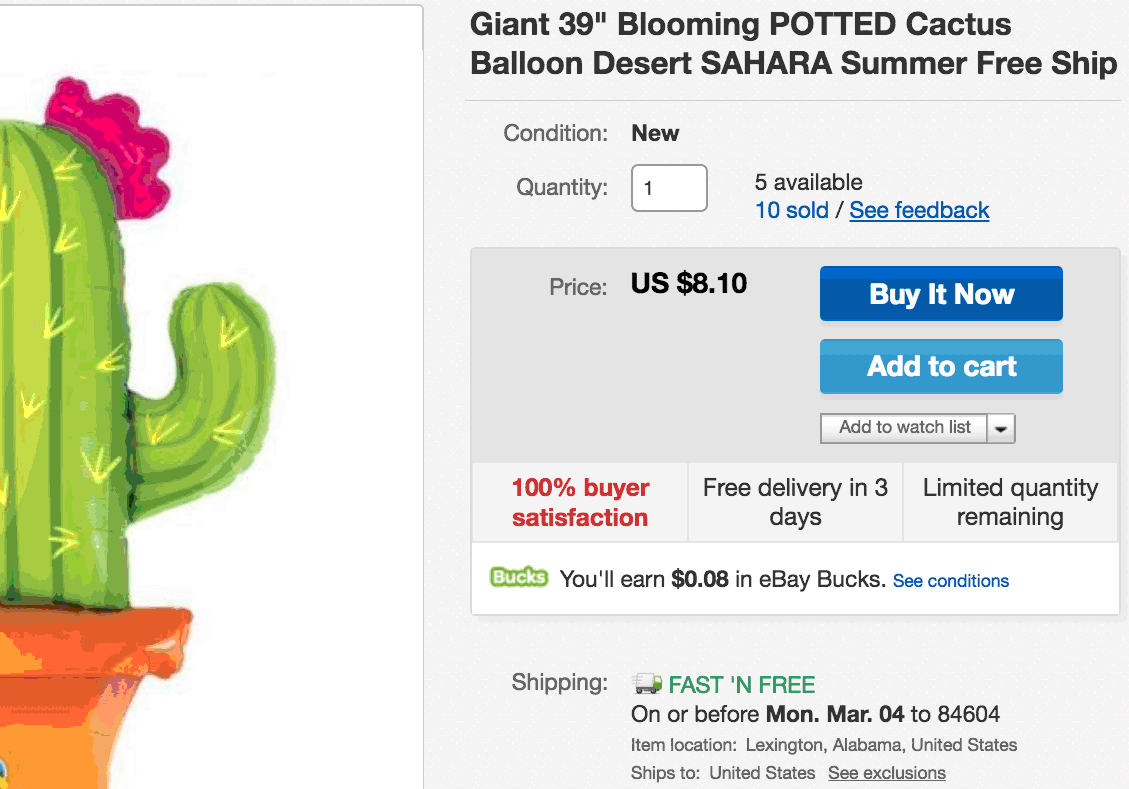Some eBay, Amazon, or Shopify sellers are natural-born entrepreneurs with a head for business. They come up with spreadsheets in their sleep and can quote statistics and dollar figures over the lightest lunch.

Keep track of the products that you source and how much it costs you for each item in your inventory.
Others... get into online sales for the love of the particular products that the sell, or the particular niches in which they sell, or for the love of having an independent or home-based business.
For the naturally data-challenged, here are seven basic conceptual steps that will help you to turn your labor-of-love eBay business into an eBay business that also uses real data to ensure success.
1. Track what you source and what it costs you.
Whatever your method of sourcing products, keep a tally of which products you've acquired for resale and how much you've paid overall—including extra costs like any freight and customs costs—to acquire them.
Without this basic information, it'll be hard to figure out which products are helping you and which products are hurting you down the road.
2. Track what you list.
Keep track of which products you've listed and how you've listed them. Try listing them in at least two, or even several ways for each product.

Try out different versions of your listings for each product—not just different titles, descriptions, and images, but different shipping and returns policies as well.
Using more than one eBay account
Using more than one set of product images
Using different descriptions and titles
Keep track of the listings that you create and which products they're associated with.
3. Track what you sell.
Each time you make a sale, log it and associate it in your records with the particular listing and set of listing policies (returns, shipping, and so on) that led to the sale, so that you know which listings work for each product.
Don't forget to include additional important information about each sale that you make:
The date on which the sale was made
How much the shopper paid for the sale
All of this information will help you to understand which products and listings are profitable for you, and which aren't.
4. Track your fulfillment costs and fees.
For each sale, also log, after the fact, your:

Monitor how many sales you make, how long it takes to make sales, and how much it costs you to complete each sale, including fulfillment costs and fees.
Packaging costs and fees
Shipping costs and fees
Marketplace costs and fees
These are real details that figure into your cost of doing business.
5. Figure out how much you earn for each sale of each product.
Using the information you've logged above, for each product you sell, figure out how much it costs you acquire and sell an item, and how much you earn back each time you sell an item.
6. Come up with overall numbers.
Now gather the data you've accumulated in all of the steps above. Note:
How long on average it takes to sell different kinds of products
Which products ultimately sell out and which products may never sell out
Which listings for each product are generating the most sales
Which products are ultimately profitable and which products aren't
Which products sell best during particular time periods or seasons

Don't be sentimental about particular products or strategies. If something in your business isn't earning you any money, don't do it or sell it any longer. (Image: © Citalliance / Dreamstime)
Which of these factors is most important to you will depend on your own business and the goals that you have for your business, as well as on your levels of patience and determination.
7. Cull the herd of losers, double-down on winners.
At the end of the day, what will be clear to you is that some of your products are winners. They earn you money, and you don't have to wait forever for it to come back in after sourcing inventory.
Some of your listings will also be winners. They work well to sell products—better than alternative variations—and entice shoppers to buy.
What you'll also see is that some of your products or listings are losers. They:
Just don't sell
Just don't lead to sales as well as other variations do
Don't earn you as much money as you'd like them to earn you
Require more time and attention than they're worth
Don't be sentimental. You're running a business. Once you spot losers—even if you like the product—get them out of your way:
Liquidate your remaining inventory at a lower cost to encourage sales
Move them out of your inventory and move on
Meanwhile, take the winners—the best products and the best listings—and include more of those kinds of products or listings in your business. Wash, rinse, repeat.
It Doesn't Have to Be Rocket Science
As you can see above, running a numbers-driven business doesn't have to be rocket science. Even the least numbers-friendly person can keep a paper ledger or a basic Excel spreadsheet and run some basic numbers every now and then.
Doing so is a key step to being a successful online seller—even if you're absolutely in love with your products, your niche, and your shoppers.
Join the Newsletter
Get started for free today!
Try it free
Join the 200,000+
using inkFrog!




